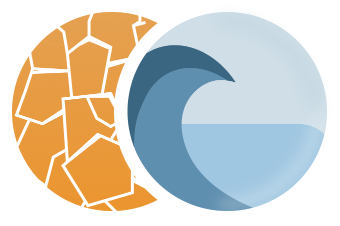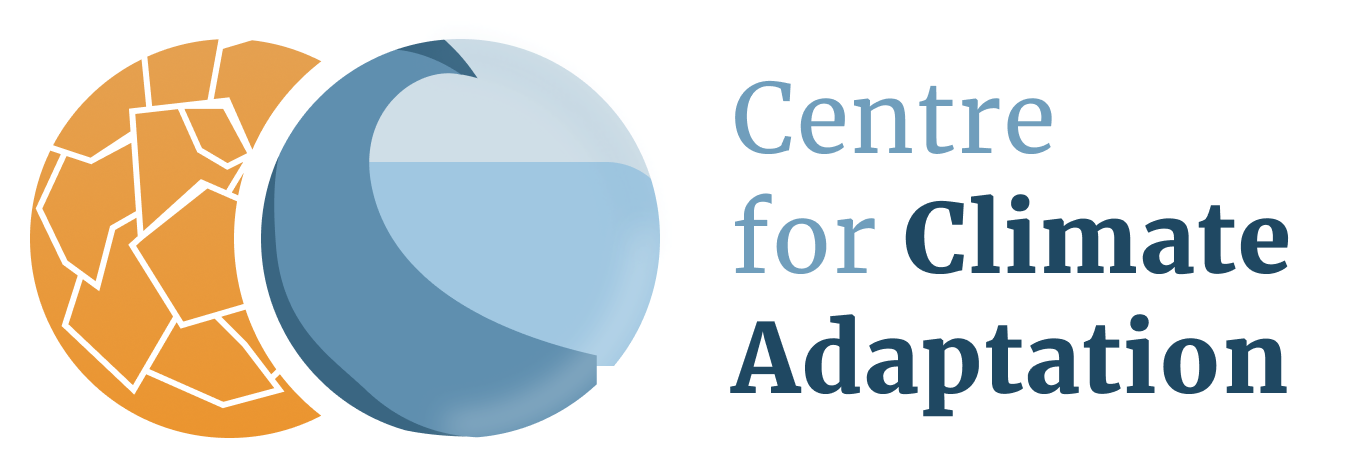- Home
- Countries
- Netherlands
- Fishery
Netherlands
Fishery
Vulnerabilities
The main future climate conditions relevant to the fisheries sector are the increase of water temperature of the North Sea, estuaries, rivers and lakes (2), the increasing frequency of storms, and changing transitions between salt and freshwater due to sea level rise and changed river discharges in summer and winter (3). … Among the major effects are the decrease of vegetable plankton and changes in compositions of animal plankton, fish, birds and mammals, and the decrease of shell fish stocks. Relevant to the fisheries sector is the decrease of codfish (2). The decline of the North Sea cod during the 1980-2000 period results from the combined effects of overfishing and of an ecosystem regime shift due to climate change (12). Over the next decade, this stock was not restored from its previous collapse (13).
The temperature of North Sea water has risen by 0.5°C and the Wadden Sea by a whole degree; cod and flatfish move away. Exotics in the absence of natural enemies can be invasive and thus cause ecological and economic damage. A familiar example is the Japanese Oyster, which in the Zeeland delta and in the Wadden Sea invades mussel beds. Already present exotics (in small numbers) may still become invasive as a result of climate change (6).
Dutch coastal waters become less saline because more fresh water is blown out due to higher river discharges. Few marine organisms can withstand these sudden fluctuations in salinity. In the Wadden Sea the sea level rise causes a problem if it is not compensated by the import of sand and silt. Intertidal Areas will be uncovered less or no longer, significantly affecting the Wadden area (6).
Many species of plankton and fish have shifted their distribution northward and sub‑tropical species are occurring with increasing frequency in European waters, changing the composition of local and regional marine ecosystems in a major way (7). Recent studies have shown that the northward movement of southerly species has caused species richness in the North Sea to increase (8). This may have negative ecological and socio‑economic effects: the three large species that have decreased their range the most in the North Sea are all commercially relevant, while only one of the five most increasing species and less than half of the all the species that expanded their range are of commercial value. A climate change-induced shift from large to smaller species is thus likely to reduce the value of North Sea fisheries (8).
During the past 40 years there has been a northerly movement of warmer‑water plankton by 10° latitude (1100 km) in the north‑east Atlantic and a similar retreat of colder‑water plankton to the north. This northerly movement has continued over the past few years and appears to have accelerated since 2000. Sole and other warm‑water species have become relatively more abundant in northerly areas, while plaice and other cold‑water species have become rare in southerly areas (11). Climate is only one of many factors which affect distribution and abundance, but the consistency of the response of this particular index to temperature, both within particular areas (i.e. time trend) and across all areas (i.e. geographic trend) suggest that the causal relationship is quite strong. Scenario projections of future movements of marine species have not yet been made (9).
The kinds of fish which are available for human consumption are not necessarily affected by the distribution changes shown above, because fish are often transported long distances from where they are caught to where they are marketed, but the prices of fish may change if certain species that are common today become less common. People eating locally caught fish may notice changes in the species they catch or buy. Changes in distribution may affect the management of fisheries. Fisheries regulations in the EU include allocations of quotas based on historic catch patterns, and these may need to be revised (9). In general it is not possible to predict whether northward shifts in distribution will have a positive or a negative effect on total fisheries production (10).
Adaptation strategies
Important adaptation options for the fishery sector include (1):
- Adjusting fishing quota.Fishing quota should not only be based on the actual levels of fish stocks and fish capture, but also on the expected shifts in species ranges.
- Adaptation of target species and fishing techniques. Adaptation of target species and techniques in the fishing industry may help to prevent the loss of productivity as a result of the reduction in current target species. Moving away from the single-species stock assessment and allocations to species groups or assemblages will provide the fishing industry with more flexibility (4).
- Introduction of ecosystem management. Ecosystem management in fisheries should include biodiversity conservation plans for freshwater and marine fish and shellfish at the genetic, species and ecosystem levels (4).
- Eco-labelling and certification of fish. Eco-labelling and certification are adaptation strategies on the demand side of the fisheries sector, which aim to raise recognition by policy makers and the public at large of the necessity of sustainable use of fish resources (4).
- Reallocation of mussel nursery plots. The dynamic reallocation of mussel nursery plots after storms avoids loss of productivity. Synergies occur when offshore windmill parks offer another possibility to locate mussel nursery plots. The underwater foundation of offshore windmill has proven to be a suitable place to grow mussels, analogous to the pending mussel culture. This strategy offers the possibility to combine mussel production with the production of electricity (1).
- Aquaculture on former grassland. Fish production by means of aquaculture in seawater basins on former grassland may increase the economic value of otherwise inundated grassland. This is an adaptation strategy to undesired changes in species ranges on sea. Aquaculture in basins on land is actually happening in the Netherlands for sole and turbot (5).
So far the required knowledge to formulate adequate adaptation strategies is lacking in this sector. Moving to aquaculture, which may be necessary to meet increasing demand for fisheries products in a sustainable way, seems a logical step as these managed systems allow for proactive interventions (1).
References
The references below are cited in full in a separate map 'References'. Please click here if you are looking for the full references for the Netherlands.
- Nillesen and Van Ierland (2006)
- MNP (2005), in: Nillesen and Van Ierland (2006)
- Van Ierland et al. (2001); Kok et al. (2001), both in: Nillesen and Van Ierland (2006)
- Parry et al. (2000), in: Nillesen and Van Ierland (2006)
- Langeveld et al. (2005), in: Nillesen and Van Ierland (2006)
- Ministry of Housing, Spatial Planning and the Environment (2009)
- Brander et al. (2003); Beare et al. (2004); Beare et al. (2005); Perry et al. (2005); Stebbing et al. (2002), in: EEA, JRC and WHO (2008)
- Hiddink and Hofstede (2008), in: EEA, JRC and WHO (2008)
- EEA, JRC and WHO (2008)
- Brander (2007), in: EEA, JRC and WHO (2008)
- Brander et al., 2003, in: EEA, JRC and WHO (2008)
- Beaugrand and Kirby (2010), in: IPCC (2014)
- Mieszkowska et al. (2009); ICES (2010), all in: IPCC (2014)




